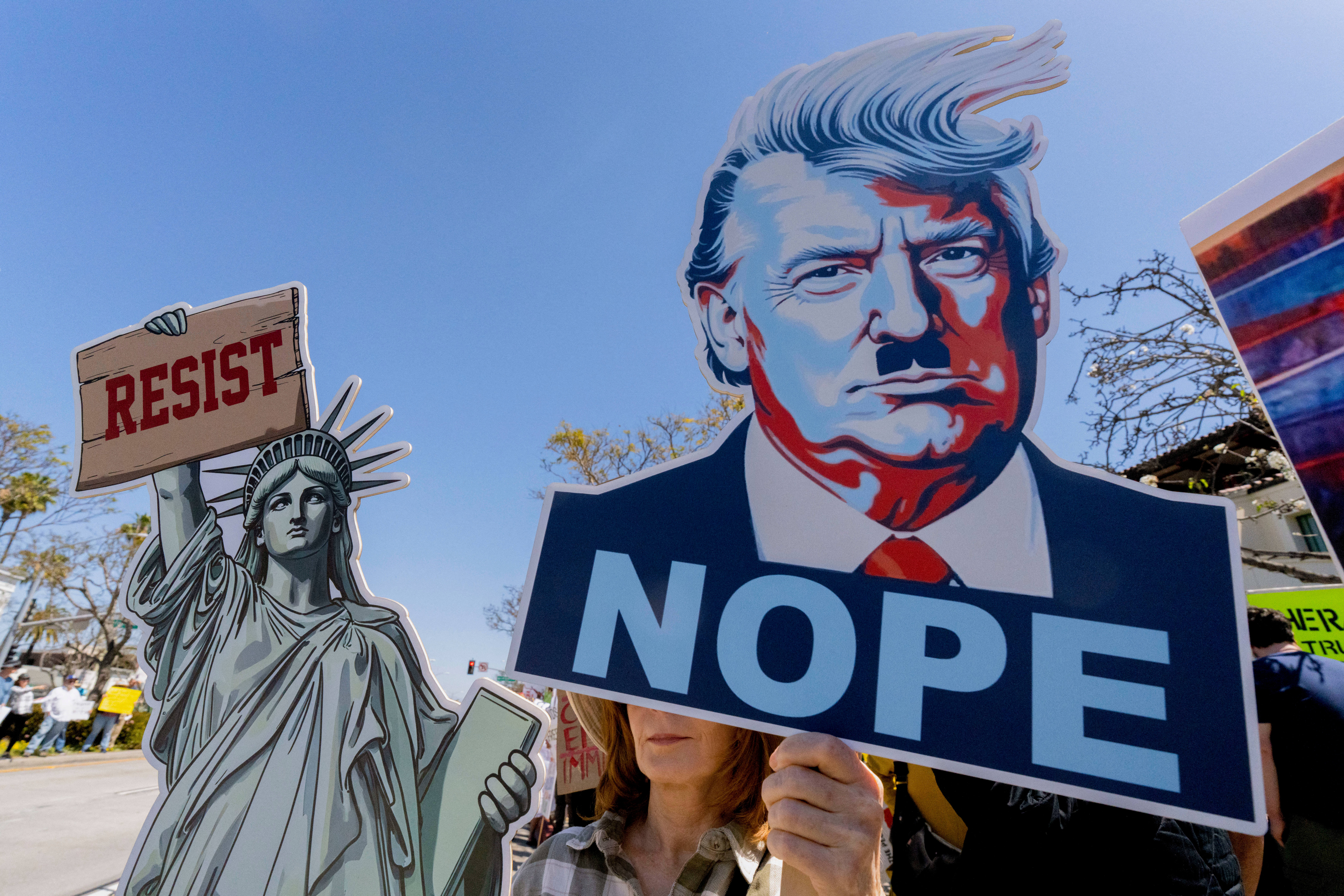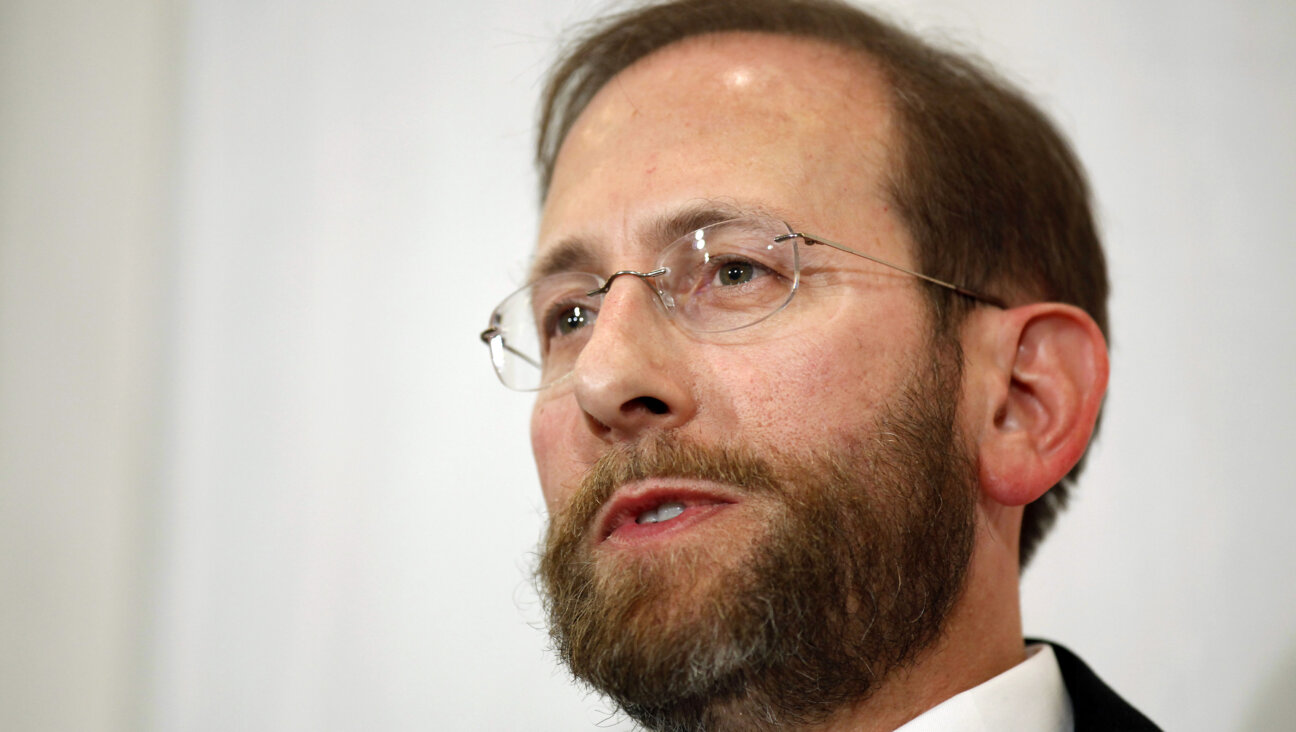Synagogue Renewal Efforts Earn Mixed Results
A typical Friday night at Temple Micah, a Reform congregation in Washington, D.C., features the usual combination of prayer, conversation and pastry, but what is surprising is the order in which they come. While most congregations save the mingling until after services, in recent years the synagogue has made a special point of serving wine and snacks in the lobby beforehand.
“When someone comes over [to your house], you offer them a cold drink,” the congregation’s Rabbi Daniel Zemel explained. “So that’s what we do — when you come into our house, we’ll give you something to drink and a little nosh.”
The temple’s effort to make everyone feel welcome at services is just one of many changes that congregations have made as a result of Synagogue 2000, an independent non-profit group working to revitalize and reenergize synagogue life. It is part of a trend in synagogue renewal efforts that emerged in the last decade and are praised by both rabbis and movement leaders for sparking innovation at synagogues. But some religious insiders are beginning to wonder about the efforts’ overall significance, as well as how sustainable they will be in the long run.
“You’ve got to divide it between short-term and long-term impacts,” said Jerome Epstein, executive vice-president of the United Synagogue of Conservative Judaism. “There is definitely a culture change that I’ve seen in the congregations… in terms of reaching out to people, thinking about things differently. The big problem is sustaining those changes.”
These programs emerged in the past decade to counteract what philanthropist Michael Steinhardt refers to as the “failed enterprise” of American synagogues: Affiliation rates are low and the Jewish community seems increasingly divided between the minority that regularly participates and the majority that almost always stays home. For the sake of Jewish continuity, some leaders decided, new approaches and programming were necessary.
“One size fits all may be good in the schmata business, but it doesn’t work in the shul business,” said Rabbi Neal Borowitz of Temple Sholom in River Edge, N.J. “What synagogues need to offer is multiple different portals and opportunities for different people.”
Synagogue 2000 was founded in 1995 by Rabbi Lawrence Hoffman, a professor of liturgy at the Hebrew Union College-Jewish Institute of Religion in New York, and Rabbi Ron Wolfson, an assistant professor of education and the director of the Whizin Center for the Jewish Future at the University of Judaism in Los Angeles. After inviting leading rabbis to a brainstorming summit in the mid-1990s, they attracted funders — including the Nathan Cummings Foundation, Steven Spielberg’s Righteous Person’s Foundation and the Whizin Foundation — hired consultants and designed curricula on everything from running a non-corporate meeting to creating healing rituals.
Congregations were recruited into the program in cohorts, which were typically based in a single city, and in some cases received funding from the local federation. Leaders from each congregation would gather four times a year at conferences, in between leading their synagogues in identifying areas for change and implementing new ideas. Though intensive support from Synagogue 2000 generally ended after two years, participating rabbis said the program has continued to influence their congregations.
“This is not something one just does for a short time,” said Aryeh Azriel, the rabbi at Temple Israel in Omaha, Neb. He credits the program with giving him the courage to execute changes in his congregation, including an “I Have Been There” program that matches members who are facing life challenges with mentors who have already weathered similar experiences.
Nevertheless, after a decade of work with nearly 100 congregations, Synagogue 2000 is finding itself in the process of scaling back. The program’s reliance on a range of consultants and staff required large grants from already cash-strapped local federations. In the past year, the organization has dropped from nine or 10 full-time staff to just a few, and has changed its strategy from working with entire congregations to focusing on the most promising leaders from past efforts in a new initiative called “S2K Leadership Network.” In the next few months, all the materials and curricula that have been created by Synagogue 2000 will be posted on the Internet for congregations to use independently.
But Rabbi Eric Yoffie, president of the Union for Reform Judaism, wonders how congregations will be able to make real change without technical support. “The question that we face,” Yoffie said, “is how many of these changes can you bring about in the absence of the resources and the personnel to help make it happen?”
Just as Synagogue 2000 is streamlining, however, a similar program, Synaplex, is looking to expand. A play on the words “synagogue” and “multiplex,” Synaplex — the name is a meant to suggest many options offered concurrently — focuses only on revitalizing Sabbath programming. The project was launched in the spring of 2003 and currently involves 29 synagogues across the country. It is sponsored by the STAR Foundation, which is funded by the Charles and Lynn Schusterman Family Foundation, Jewish Life Network/Steinhardt Foundation and the Samuel Bronfman Foundation.
While Synaplex has a more limited scope than Synagogue 2000, it shares some of the same strengths and limitations. Like Synagogue 2000, it bills itself as an approach rather than a set agenda; congregational leaders are supposed to work with members to create new programs that provide points of entry for a variety of constituencies. Also like Synagogue 2000, Synaplex was initially structured as a grant program that came with a large cushion of dollars attached.
The original 11 pilot synagogues that started the program in the spring of 2003 were each awarded $85,000 over a three-year period. Grants are no longer made available to participants, which may limit the ability of some synagogues to participate. In the future, STAR’s executive director, Rabbi Hayim Herring, said the cost of the program should drop for participants as it expands to take advantage of economies of scale.
Whatever the difficulties in funding and sustaining revitalization efforts, said Synagogue 2000’s Wolfson, they have everlasting value as “a glimpse of the Emerald City” that show congregations what is possible.
“All of us are trying to do the same thing,” he said, “which is to equip and inspire congregations to be the spiritual and educational centers for peoples’ lives and not just a kind of fee for service, give me some tickets to the High Holidays and drop off my kids kind of place. And in that regard, I think Synagogue 2000 is an enormous success.”
The Forward is free to read, but it isn’t free to produce

I hope you appreciated this article. Before you go, I’d like to ask you to please support the Forward.
Now more than ever, American Jews need independent news they can trust, with reporting driven by truth, not ideology. We serve you, not any ideological agenda.
At a time when other newsrooms are closing or cutting back, the Forward has removed its paywall and invested additional resources to report on the ground from Israel and around the U.S. on the impact of the war, rising antisemitism and polarized discourse.
This is a great time to support independent Jewish journalism you rely on. Make a gift today!
— Rachel Fishman Feddersen, Publisher and CEO
Support our mission to tell the Jewish story fully and fairly.
Most Popular
- 1

Opinion The dangerous Nazi legend behind Trump’s ruthless grab for power
- 2

Opinion I first met Netanyahu in 1988. Here’s how he became the most destructive leader in Israel’s history.
- 3

Opinion Yes, the attack on Gov. Shapiro was antisemitic. Here’s what the left should learn from it
- 4

News Who is Alan Garber, the Jewish Harvard president who stood up to Trump over antisemitism?
In Case You Missed It
-

Fast Forward Trump mandates universities to report foreign funding, a demand of pro-Israel groups
-

Fast Forward Exclusive: Trump nominee apologizes for praising Nazi sympathizer while awaiting Senate confirmation hearing
-

Fast Forward Global antisemitism has declined since Oct. 7, Tel Aviv University says
-

Yiddish World VIDEO: Warsaw Ghetto Uprising commemoration highlights women ghetto fighters
-
Shop the Forward Store
100% of profits support our journalism
Republish This Story
Please read before republishing
We’re happy to make this story available to republish for free, unless it originated with JTA, Haaretz or another publication (as indicated on the article) and as long as you follow our guidelines.
You must comply with the following:
- Credit the Forward
- Retain our pixel
- Preserve our canonical link in Google search
- Add a noindex tag in Google search
See our full guidelines for more information, and this guide for detail about canonical URLs.
To republish, copy the HTML by clicking on the yellow button to the right; it includes our tracking pixel, all paragraph styles and hyperlinks, the author byline and credit to the Forward. It does not include images; to avoid copyright violations, you must add them manually, following our guidelines. Please email us at [email protected], subject line “republish,” with any questions or to let us know what stories you’re picking up.















